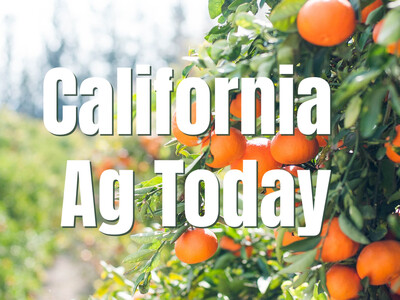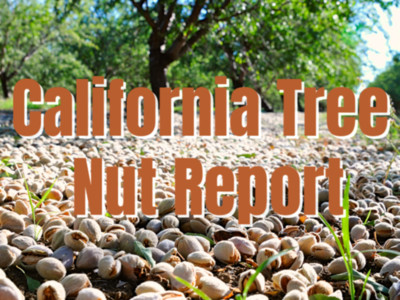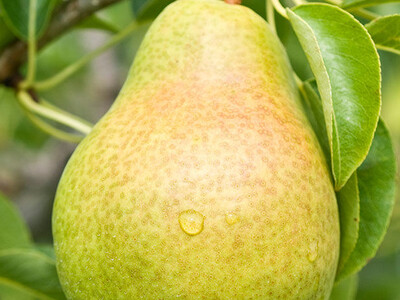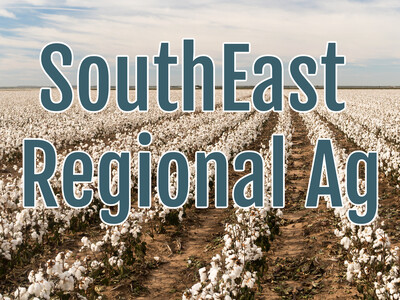Cover Crops and Nitrogen

Tim Hammerich
News Reporter
Some of the benefits of cover crops can be seen above ground like reducing erosion and improving water absorption. Other benefits are happening below the soil surface. Dr. Christopher Topp at the Donald Danforth Plant Science Center is evaluating how cover crop roots can lead to more of the outcomes farmers desire.
Topp… “Cereal rye, of course, it does put on a lot of biomass up top. It's got a pretty hefty root system as well, but also has high carbon to nitrogen ratio that, you know, we think is one of the reasons why it, it can, you know, cause some yield drag with, with the corn crop. It takes a while to break down, sucks up nitrogen for a little while while the corn plant is, you know, still pretty sensitive to that. You know, there's other grasses we've found that put on a lot of above ground biomass, but actually quite a lot of root biomass as well. And those roots go deeper into the soil and also have a sort of a lower carbon to nitrogen ratio. So while they may not be quite as impressive as cereal rye up top, I think that we will find the implications for improving, you know, soil carbon and soil structure at deeper depths is going to potentially be greater. And I think that we will find that the timescale that it starts to really accelerate corn productivity will be increased.”
Dr. Topp says they are also looking at this dynamic with winter wheat and triticale varieties.












